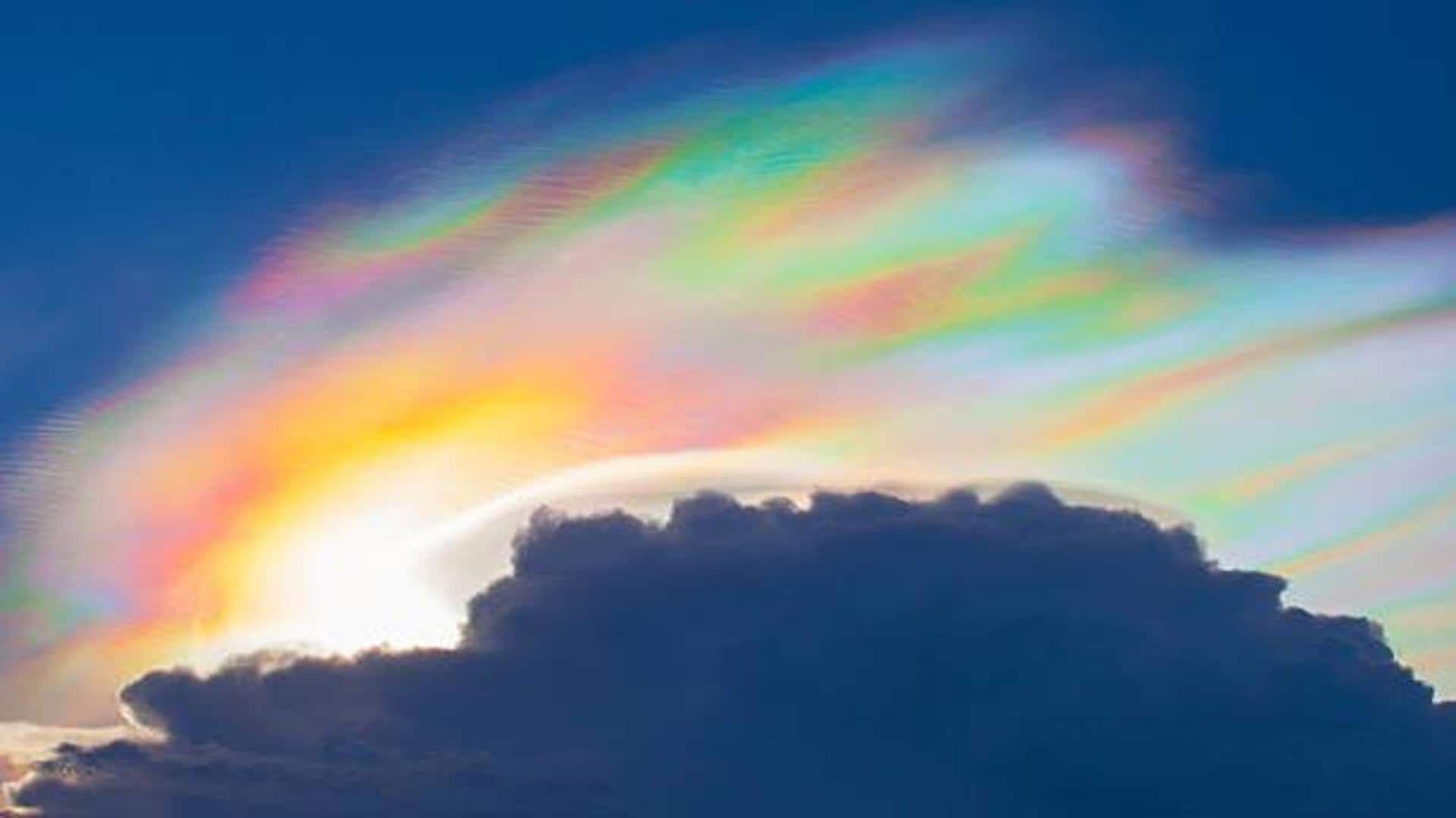
How to find iridescent clouds: A skywatcher's guide
What's the story
Iridescent clouds, an uncommon atmospheric phenomenon, produce a breathtaking display of colors as sunlight diffracts off the water droplets present in the clouds. In this article, we explore how one can chase these iridescent wonders across different places. We offer essential tips on optimal timing, required equipment, and safety measures to ensure you fully enjoy these beautiful sky phenomena.
Basics
Understanding iridescent clouds
Iridescent clouds (aka fire rainbows or cloud rainbows) occur when thin clouds with tiny water droplets diffract, or bend, the sunlight. This is most often seen in altocumulus, cirrocumulus, lenticular, and cirrus clouds. Since these conditions are more likely to occur during certain times of the year, some seasons are better than others for chasing iridescent clouds.
Spots
Best locations for viewing
Some locations on Earth provide a greater opportunity to observe this phenomenon due to their climate and atmospheric conditions. Mountainous areas are especially advantageous as the required cloud types often form at high altitudes. Hence, regions like the Rocky Mountains in North America, the Andes in South America, and the Himalayas in Asia are ideal for cloud enthusiasts.
Equipment
Essential gear for cloud chasers
To truly appreciate and photograph the stunning beauty of iridescent clouds, certain tools are highly recommended. A high-quality camera with manual settings is essential for capturing sharp images. Plus, polarizing filters can significantly enhance the colors observed in the clouds by minimizing glare. Binoculars are also beneficial for identifying these occurrences from a distance.
Precautions
Safety tips for cloud chasers
While hunting for iridescent clouds is a thrilling pursuit, please always put safety first! Always check weather forecasts before venturing out - you don't want to get caught in a storm or freezing conditions. Inform a friend or family member about your plans, especially if you're heading to remote or isolated areas. And, always carry basic survival gear with you.
Timing
Timing your adventure right
The best time to view iridescent clouds is when the sun is low on the horizon, typically within two hours of sunrise or before sunset. This minimizes the interference of direct sunlight, allowing the colors to stand out against the darker sky. Catching a glimpse of these clouds requires keeping a close eye on the weather and being ready to move quickly when conditions align.